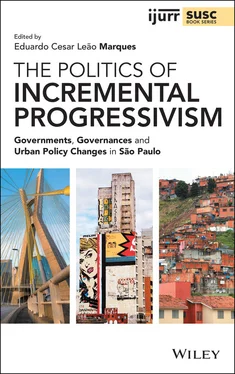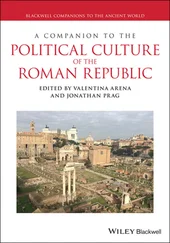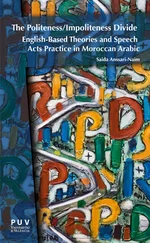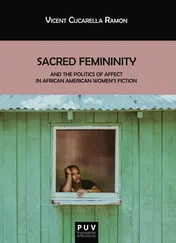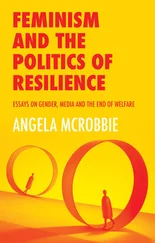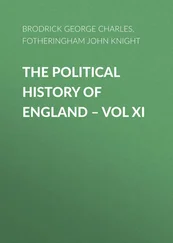Indeed, the challenges of governing a city such as São Paulo are not small. In 2019, it had a population of 11.8 million inhabitants in a metropolitan region of 39 municipalities with just over 21 million inhabitants (about 10% of the country), roughly the size of metropolitan Mexico City or New York. Although it is the biggest and most important in the country, it has never been Brazil's national capital and was of little importance until the 1930s. Its urban inequalities are striking, with more than 3 million people living in favelas and irregular settlements, as well as extended peripheries with inadequate quality services and terrible accessibility conditions (Caldeira 2016; Marques 2016a; IBGE 2020). A similar scale is present in the daily tasks of policy provision: 20 100 tons of solid waste to collect, 7000 km of streets to sweep, 9.4 million bus journeys to provide (in almost 15 000 buses), around 110 km of traffic jams every afternoon and 2.9 million children to teach (in around 2700 public schools). 1
In order to face these challenges, the city maintains a sizable administrative machine, which in 2018 amounted to approximately 122,600 active employees, most of them undertrained and underpaid. In fact, although its municipal budget is the largest of all Brazilian cities (corresponding to US$ 14 billion in 2020), this represents 17% of New York City's expenditure (US$ 82 billion in 2017) or 45% of what the London boroughs receive (US$ 30 billion in 2016) for much smaller populations of around 8.5 million inhabitants each. 2 Institutional responsibilities indeed vary, but municipal responsibilities in Brazil are higher than in the United Kingdom or the United States due to its decentralized federalism. Additionally, political coordination is difficult considering the three tiers of government, as well as the horizontal negotiations between the 39 municipalities of the metropolitan region of São Paulo, not to mention the highly fragmented party system that amounted to no less than 17 political parties on the São Paulo municipal council in 2020. 3
However, regardless of the many challenges faced by large‐scale metropolises such as São Paulo, they are governed day‐to‐day, and their governments deliver policies regularly, albeit with quite different qualities, periodicities, and coverage. Additionally, governments very often do not only govern but also produce and change policies in directions that help reduce inequalities, as well as increase government capacities, even if through conflictual, slow, and incremental trajectories. These involve not only State actors, but also several others who – simultaneously – govern the city through policy‐specific governance patterns (Le Galès 2011).
This has been the case of São Paulo since the country's return to democracy in the mid‐1980s. The consideration of a broad set of urban policies and their programs over almost four decades shows a slow but incremental process of policy change that has allowed a reduction in inequality and a building of State capacity, although with different rhythms by policy area, despite the city's many urban, political and institutional challenges. This path of change becomes even more impressive when we consider that it happened in a relatively politically conservative city.
This book aims to understand these trajectories of change, as well as the processes and actors that produced them. To investigate this, we provide a broad account of the policies and politics that construct, maintain and operate a massive Southern metropolis, covering bus and subway transportation, traffic control, waste collection, development licensing, public housing and large urban projects, in addition to the topics of budgeting, electoral results and government formation. These policies are mainly developed by the municipality of São Paulo, except for the subway, presently developed by a state‐level public company. We also examine the large‐scale regeneration project Porto Maravilha in Rio de Janeiro. We included former policy among the ones examined here due to its importance to the construction of São Paulo's urban structure, while the latter comprises Brazil's most significant urban renovation project, developed mainly on instruments created in São Paulo (and discussed in a separate chapter). These two cases allow us to understand better the effects of the variation of political and institutional conditions in the municipality of São Paulo.
The list of policies studied omits some critical State actions usually performed by local governments such as education and healthcare, as well as by state governments such as policing. We took this decision for two reasons. First, we decided to focus on policies in which local governments exert ample discretion, leaving aside policies that are intensely regulated by the federal government through federal policy systems in Brazil as we will see later in this introduction, even if with essential municipal participation. Additionally, we decided to center the book on the policies directly associated with the production of the urban fabric itself, to be able to explore better the relationships between politics and policies on the one hand, and space on the other. As a result, we analyze through the book the main State activities developed worldwide for the construction and operation of cities.
These policies form a heterogeneous group that varies substantially in terms of its general features (regulatory frameworks, service provision and space production), financing (budget, fees, and fares), relations with urban land (creating demand for land or not) and formats of provision (directly implemented, through contracts, concessions, among others). These policies vary considering the actors, institutions and governance patterns that produce them, as well as the legacies that have shaped them. Irrespective of these differences, however, they all share the specificity of being embedded in urban spaces through locations, contiguities, and distances, embedding them in historically constructed spatial configurations. These spatial elements specify urban policies and politics concerning the national level, but also other scales of subnational politics (Le Galès 2020) since they interact with spatialized interests forged by the city's segregation patterns in path‐dependent ways. In the case of urban politics, Harold Lasswell's 1936 formulation of politics as the process that defines “who gets what when and how” needs to be complemented with a “where” (Marques 2017). Studying this broad set of policies allows us to investigate their general trajectory in a large metropolis and the effects of their variation simultaneously.
In the following pages of this introduction, we establish the book's main points of departure and discuss its findings in dialogue with existing debates, as well as summarize its chapters. As we shall see, the book represents an interdisciplinary exercise that faces the challenge of connecting arguments and concepts of political science with urban studies. In so doing, we run the risk of being too basic for some readers and utterly alien for others, but this seems a small price to pay for inciting this necessary dialogue.
Urban Politics and Policies in Urban Studies and Political Science
The task of developing a grounded analysis of urban policies is relatively challenging because of the lack of dialogue between political science and urban studies until recently (Judd 2005; Sapotichne et al. 2007) and also because of the emphasis on normative interpretations in the recent comparative literature.
Cities were at the origin of some of the key controversies in political science during the 1950s, including the so‐called community power debate, involving Floyd Hunter, Robert Dahl and Charles W. Mills. However, the discipline lost this attention to the urban, and until recently considered cities unimportant, relying on the migration of models for the study of national and international politics to the urban, stretching theory excessively (Giraudy et al. 2019). Urban studies, on the other hand, largely disregarded the political institutions of cities, privileging the study of power in society, outside political institutions, with very few recent exceptions (Bhan 2012). This emphasis stretches a long way back from the Chicago school, passing through the French Marxist sociology of the 1970s, critical geography, Lefebvrian or Foucauldian studies, and the more contemporary Deleuzian and postcolonial approaches. Even urban political economy studies devoted to urban politics – growth machine (Molotch 1976) and urban regime (Stone 1993) theories, for example – incorporated urban political institutions and policy production timidly.
Читать дальше
